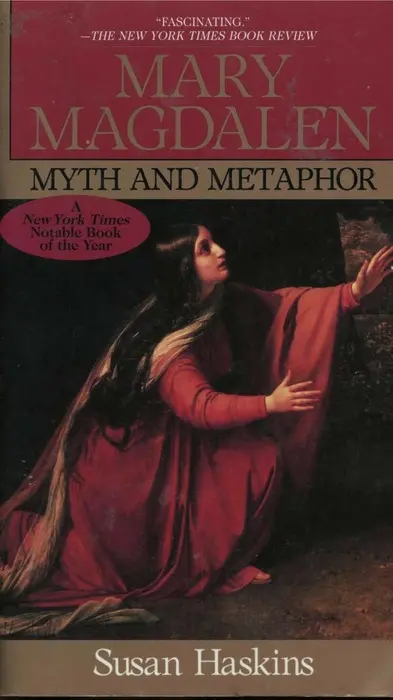
Mary Magdalen. Myth and Metaphor
Haskins S.
Год :1995 Количество страниц :526 [502] Язык :Английский Категория :+ Не только о гнозисе Скачать : PdfПоддержать :
Mary Magdalen has always been a predominant and fascinating figure for Christianity. But who was she really? The Gnostics hailed her as the companion of the Savior and the woman He loved most. Early Christian writers called her the Bride of Christ and the apostle to the apostles. But for centuries her most durable image has been that of a prostitute who repented and devoted her life to Jesus - an image that both shaped and to some extent reflected the Church’s attitude toward women. Yet this figure does not appear in the New Testament. All that we know of the real Magdalen are the four facts noted in the Gospels: she was one of Christ’s followers; she was present at His crucifixion; she was one of the earliest witnesses of His resurrection; and she was the first person to be charged with proclaiming the Christian message. But somewhere along the line she was confused with Mary, the sister of Lazarus, and with the woman taken in adultery whose life Jesus saved. Using evidence from early Christian writings, medieval sermons, devotional works, and the art and literature of nearly two thousand years, Susan Haskins shows how Mary Magdalen merged with other figures in the New Testament until she came to epitomize the condition of women in the Church and in society. Today, when women are assuming more active roles in both, Mary Magdalen is once again being reevaluated.





